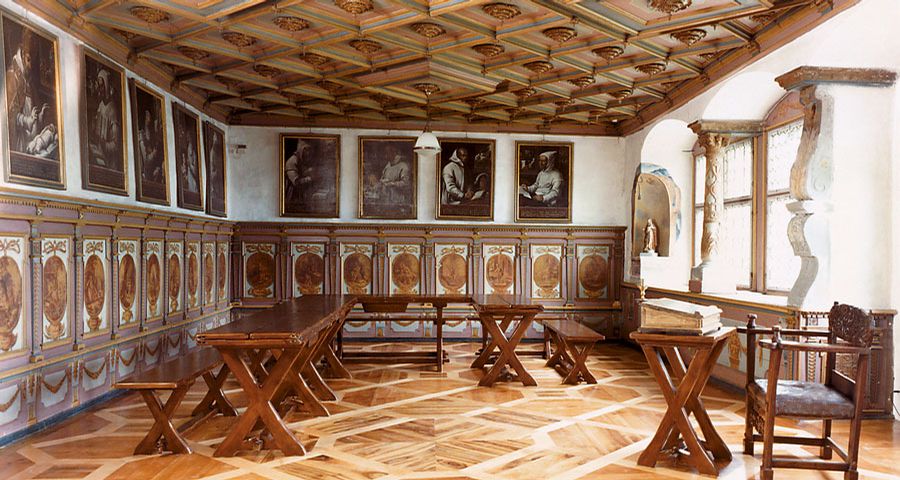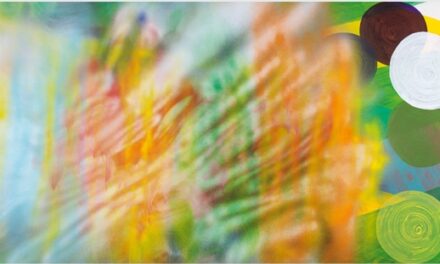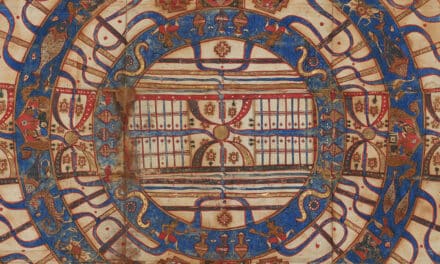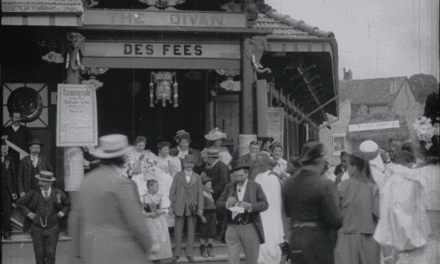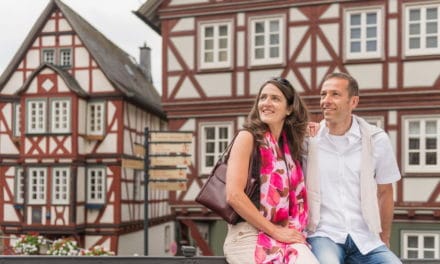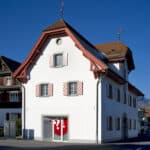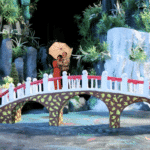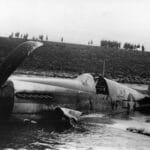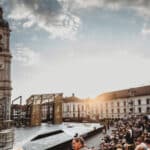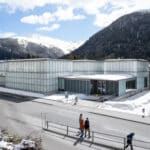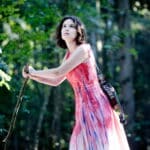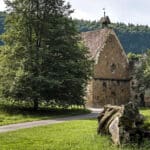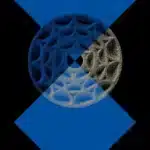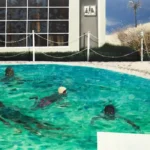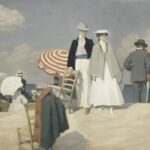The Ittingen Museum is one of six cantonal museums in Thurgau. It was established in 1983 by Dr. Margrit Früh, then curator of the Thurgau Historical Museum, in the Charterhouse of Ittingen to make the almost completely preserved monastery complex accessible to the public.
The most important exhibit at the Ittingen Museum is the building itself. The monks' living quarters, which have been preserved in their entirety and are of artistic and historical value, provide direct insight into the lifestyles and mindsets of the former residents. These must be conveyed, with the highest priority given to preserving and enhancing this authentic local experience. The particular challenge in the refurbishment of the Ittingen Museum in 2008/2009 was therefore to stage the transfer of knowledge in such a way that the original furnishings and spatial structures were not impaired by the introduction of information. To achieve this goal, a radical educational concept was developed that minimizes written information in the rooms and concentrates visible educational offerings on a few areas. As a result, the most important rooms of the Charterhouse – the church, the cloisters, and the refectory – remain largely untouched by educational interventions. In other rooms, such as the former cellar, the winter refectory or one of the monks' cells, small, concentrated exhibitions were created, dedicated to precisely defined themes.
In the monks' cell, the work of the monks and the principle of "ora et labora" are addressed. The presentation in the winter refectory is dedicated to the order's founder, Bruno, and the history of the Carthusian monks. In the cellar, the construction history and function of the buildings of the Ittingen Charterhouse are explained through views of the Charterhouse, a screen animation depicting the structural changes, and a model. To enhance the appeal of the presentation, the exhibition was deliberately expanded with outstanding objects. For example, an original volume of the Ittingen land register can be seen in the former procurator's office, and one of the region's most valuable goldsmith's works, the Ittingen processional cross, is on display in the sacristy.
Thanks to sophisticated display technology, the presentation of such delicate and valuable objects is possible even in historic rooms whose climatic conditions cannot meet museum standards. The presentation's appeal has been further enhanced by the installation of state-of-the-art screen presentations. For example, in the room next to the original land register, visitors can virtually browse through the ancient book on a touchscreen, while a voice reads excerpts from it.
Simple information desks are located throughout the museum, providing brief information about each room. Those who want to learn more can find links to the audio guide, which provides in-depth information.
Thurgau Heads – A banker’s son ploughs around
The exhibition is dedicated to Victor Fehr (1846–1938), who acquired the Ittingen Charterhouse in 1867 and lived in the former monastery for seven decades. With great ambition, the young landowner built a modern, mechanized agricultural operation in Ittingen. Throughout his life, Fehr was active in agricultural organizations and agricultural education. He used the opulent state rooms of the former Charterhouse as a befitting residence, thus making a significant contribution to its preservation. The exhibition presents Victor Fehr's rich life through photographs, paintings, texts, and exhibits.
until 19 December 2021
Permanent exhibition
The exhibition vividly illustrates the enormous importance of water for the former Carthusian monastery in Ittingen. In addition to a detailed explanation of wastewater drainage and the use of hydropower inside and outside the monastery walls, visitors learn fascinating details about the drinking water supply and the liturgical significance of water.

